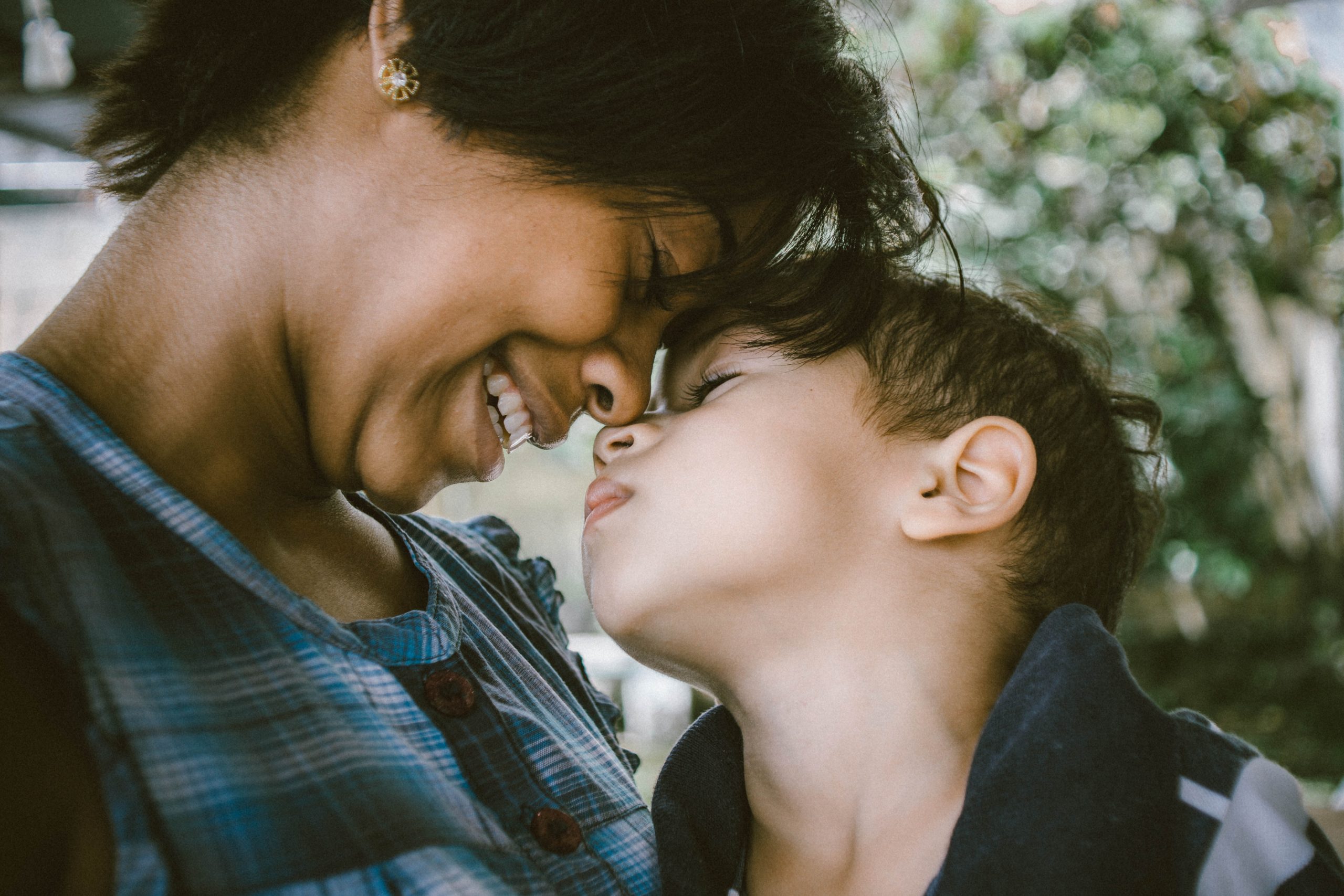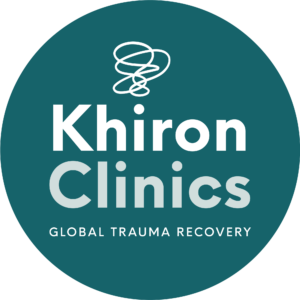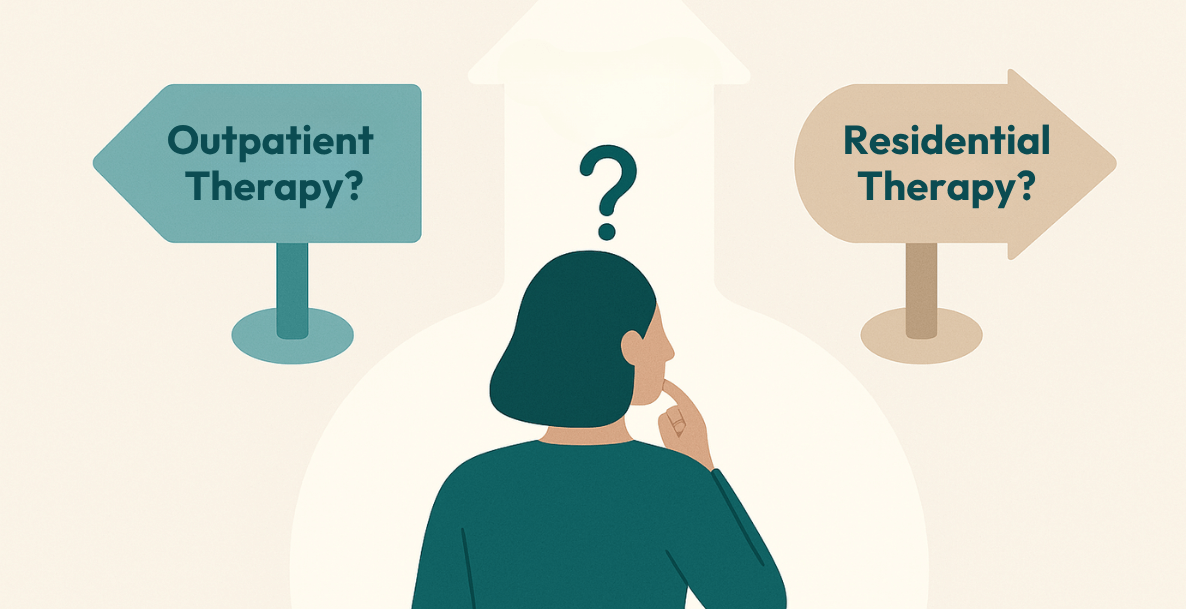The trauma experienced by caregivers of children with mental illness often remains unacknowledged and lacks proper understanding. The nature of this trauma is often disguised within the role of parenting and the intense love caregivers have for their children, leading many to overlook the intricacies and challenges it brings. Yet, this hidden trauma has far-reaching consequences for the well-being of caregivers. It is essential that we recognise the effects in order to develop effective tools for supporting those in this caring role and turn, the children they care for.
The emotional and psychological strain experienced by these caregivers can be overwhelming. They navigate through a labyrinth of uncertainty, dealing with the struggle of witnessing their child’s pain, managing disruptive behaviours, and coping with the impact on wider family dynamics. The persistent stress, vigilance, and feeling of helplessness can leave caregivers feeling emotionally drained, isolated, and overwhelmed with guilt.
Recognising and validating the trauma experienced by these caregivers is the first step towards providing the necessary support. By acknowledging their struggles, we can begin to develop comprehensive tools and resources specifically tailored to their needs. These might include accessible therapy options, support groups, respite care programs, and educational materials to enhance their understanding of mental illness and coping mechanisms.
Understanding Trauma
Trauma is the experience of a situation that is too overwhelming or terrifying for a person to deal with. This can range from surviving a car accident to developing a life-changing illness. An experience that is traumatic for one person may not be traumatic for another, as the way that we respond to situations and stimuli is influenced by a wide range of factors. Although trauma is most often understood as being caused by one single terrifying event, it can also be a result of long-standing, combined stress or overwhelm, such as living with an abusive parent or partner. This is often referred to as complex trauma and can be particularly difficult to address, although healing is always possible.
How to Spot PTSD
Post-traumatic stress disorder (PTSD) can significantly impact day-to-day life with a range of disruptive and unpleasant symptoms. These symptoms often develop during the first month after a traumatic event, yet in some cases, it can take months or even years.
PTSD symptoms can vary widely between people, but generally fall into the categories; re-experiencing, avoidance and emotional numbing and hypoarousal.
Re-experiencing
The most typical symptom of PTSD is re-experiencing, which is when a person vividly relives the traumatic event in the form of:
- Flashbacks
- Nightmares
- Repetitive and distressing images or sensations
- Physical sensations, such as pain, sweating, feeling sick or trembling
Avoidance and Emotional Numbing
Many people with PTSD attempt to avoid things that may remind them of the traumatic experience.
Avoidance behaviours, often include staying away from people and places that trigger traumatic memories, as well as refraining from discussing their experiences. Many resorts to suppressing traumatic memories by immersing themselves in work or hobbies as distractions. Some cope by attempting to numb their emotions entirely, which can result in isolation, withdrawal, and a loss of interest in previously enjoyed activities.
Hyperarousal (Feeling “on edge”)
Hyperarousal is a common state experienced by individuals with PTSD, characterised by heightened anxiety and difficulty in achieving a state of relaxation. They remain consistently vigilant of potential threats and are easily startled by their surroundings.
Hyperarousal often leads to:
- Irritability
- Angry outbursts
- Sleeping problems (insomnia)
- Difficulty concentrating
Vicarious Trauma
Vicarious trauma can include feelings of emotional exhaustion, intrusive thoughts, heightened anxiety, difficulty sleeping, and a shift in worldview. It is important for individuals experiencing vicarious trauma to seek support, self-care, and professional help to address and manage its effects.
Secondary Trauma
Secondary trauma, sometimes referred to as compassion fatigue or empathetic strain, is similar to vicarious trauma but is specifically associated with people who are directly involved in supporting or caring for trauma survivors. This means that caregivers of children with mental health issues, particularly PTSD, are at risk of secondary trauma.
Secondary trauma occurs when exposure to other people’s psychological struggles leads to the development of symptoms similar to post-traumatic stress disorder (PTSD). These symptoms can include intrusive thoughts, nightmares, emotional numbing, avoidance behaviours, anxiety, and a decreased ability to cope with stress.
How to Heal Amid Ongoing Stress
Caregivers can take several steps to heal from secondary trauma and promote well-being while still maintaining their role and supporting loved ones.
- Seeking support from dedicated support groups, counseling services, or online communities provides validation and empathy.
- Educating oneself about a young person’s mental illness can alleviate anxiety and uncertainty.
- Prioritising self-care through hobbies, exercise, and setting boundaries is essential for physical, emotional, and mental well-being.
- Establishing a support network of trusted individuals who offer emotional support and assistance is crucial.
- Setting realistic expectations for oneself and the child, celebrating small victories, and practising self-compassion are important.
- Managing stress through relaxation techniques, physical activity, counselling, or therapy can help to prevent burnout.
- Taking regular breaks and arranging respite care allows caregivers to recharge.
- Maintaining personal interests and nurturing individuality outside of the parenting role counterbalances caregiving stress and promote a sense of personal development and care.
Caring for a child with a mental illness can be confusing, overwhelming, and exhausting, but you don’t need to o it alone. Know that your experiences and struggles are valid and that making mistakes is normal.






